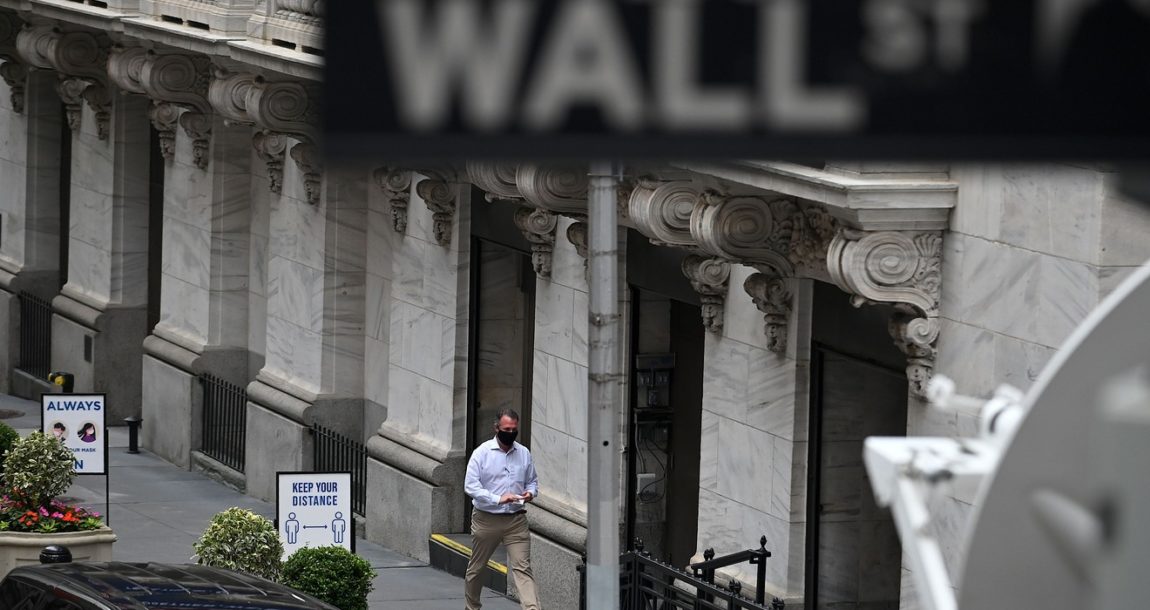Commentary: The Federal Reserve Is In Quite The Predicament

When investors see the markets go down, they certainly feel the pain of losing their hard-earned money, but many may not fully comprehend the reasons for the selloff.
Markets may sell off for a variety of reasons, but the recent January carnage is thought by many to be caused by the upcoming actions expected to be taken by our central bank, the Federal Reserve (FEDS).
The term “taper” has been thrown about in the news media, and although economists and market professionals understand what taper means, few mom-and-pop investors do, and the news media seemingly doesn’t even attempt to explain it.
In the normal course of steering the economy, which in itself is hotly debated as to whether an economy can be actually steered, the Federal Reserve, in times of economic stress, will buy debt from a variety of financial institutions such as banks and similar money centers.
This might include U.S. government debt such as treasuries, bills and notes, mortgage-backed securities (things like home loans and similar paper) and whatever else they deem appropriate and legal. The “legal” part has been a bone of contention and another hotly debated subject among FED policy detractors, but that is a story for another day.
As stress increases in the financial system for whatever reason, the Fed starts buying the fore-mentioned debt paper in an operation known as “Quantitative Easing” (QE).
Although QE was relatively rare and only practiced during extreme emergency situations in the economy in the past, it has been increasing in frequency and quantity starting around the mid-1990s and accelerating every decade.
The current decade has the most quantitative easing ever witnessed. Whereas the original QE programs may have encompassed only a few hundred million dollars, today’s amounts of $80 to $100 billion a month can be common.
The elephant in the room is when the feds see increasing inflation, they have to start to scale back on QE, as QE can be a major cause of inflation.
Fast forward to today and the FEDS find themselves in a difficult situation.
The Fed, which was buying hundreds of billions of dollars worth of assets a month in QE, must now, even in the face of a falling market, scale back QE because of worsening inflation. This scaling back of QE is what is meant when they mention the word “taper.”
In simple English, the FEDS will start to slow QE in an attempt to slow the inflationary fires we are witnessing. Keep in mind, when the markets were stressed in the past, the FEDS would normally increase QE. Now, it has to decrease it.
Hence, they now find themselves in somewhat of a predicament: Try and buoy a falling stock market by more QE, and they will foster more inflation. Cut back on QE to try and curtail inflation, and the markets may fall hard.
Making matters even more precarious, the FEDS must also begin to raise interest rates, which is the second part of the inflation remedy.
The QE tapering, coupled with the increase in interest rates, may put even more stress on the markets.
Market participants realize inflation is now bad enough that the FED has to address it, and that as bad as a falling market can be, it is a secondary concern next to inflation. The FEDS know inflation is much more serious and can do much more damage to an economy than a falling stock market.
Only time will tell if the FEDS’ QE tapering and interest rate increases will continue to hammer the markets.
For now, and at least in January 2022, it appears the fear of these actions by the Federal Reserve is indeed putting the brakes on stocks.
This article expresses the opinions of Marc Cuniberti and should not be construed or acted upon as individual investment advice. Contact him at 530-559-1214.




Brookfield Reinsurance Announces 2021 Results and Distribution Increase of 8%
CCC Intelligent Solutions Announces Date of Fourth Quarter and Fiscal Year 2021 Earnings Call
Advisor News
- TIAA, MIT Age Lab ask if investors are happy with financial advice
- Youth sports cause parents financial strain
- Americans fear running out of money more than death
- Caregiving affects ‘sandwich generation’s’ retirement plans
- Why financial consciousness is the key to long-term clarity
More Advisor NewsAnnuity News
Health/Employee Benefits News
- Expiring health insurance tax credits loom large in Pennsylvania
- Confusion muddies the debate over possible Medicaid cuts
- Trump protesters in Longview aim to protect Medicaid, democracy, due process
- Grant Cardone, Gary Brecka, settle dueling state lawsuits
- 9 in 10 put off health screenings and checkups
More Health/Employee Benefits NewsLife Insurance News
- ‘Really huge’ opportunity for life insurance sales if riddle can be solved
- Americans fear running out of money more than death
- NAIFA eyes tax reform, retirement issues in 2025
- Legislation would change tax treatment of life insurers’ debt investments
- Closing the life insurance coverage gap by investing in education
More Life Insurance News